
Cho Eui Seon Sa was a high monk who had inspired a rebirth of the depressed Buddhism of the late Joseon era, he was also a master of tea making, and was recently recognized as the tea master who breathed new life into the art of tea making in Korea.
He is widely recognized as having reached the highest levels in the five areas of personal cultural development (so important to Taoist adherents): poetry, caligraphy, painting, tea-making, and Taoist philosophy. He was born in Wangsanri, Samhyang-myeon, Muan County, Jeollanam-do in 1786 and became a monk at the age of 15. When he was 19, he awoke to the truth watching the full moon and became a zen monk.
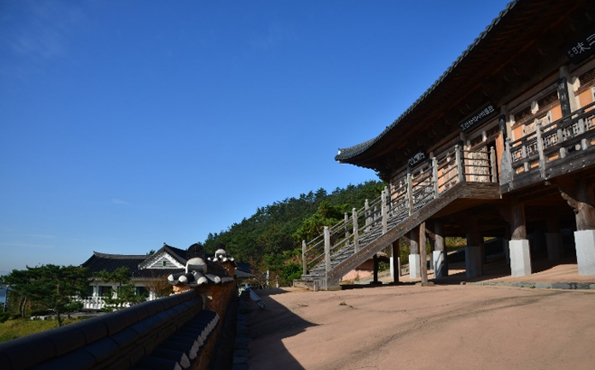
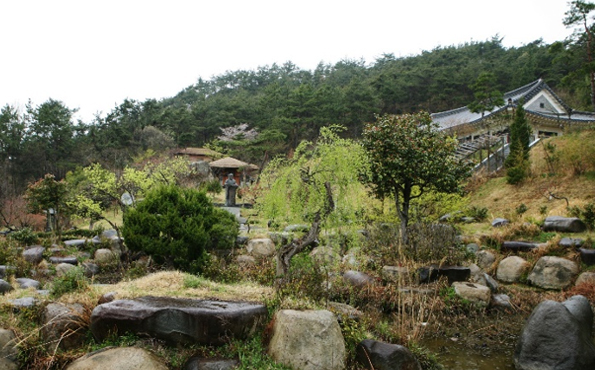
In May, 1997, he was selected as the cultural figure of the month, and Muan County restored the house in which he was born. It now stands as a monument and as a memorial museum. In addition, a tea culture museum as well as a tea school was established to create a sacred ground for tea lovers. To commemorate this place as a heritage tribute to the art of Korean tea making, the Cho Eui Seon Sa Culture Festival commemorating the birth of Cho Eui Seon Sa is held each year on the date of his birth. During this festival, many tourists and tea aficionados visit this site.
Cho Eui Seon Sa was born on April 5, 1786 in Wangsanri, Samhyang-myeon, Muan County, Jeollanam-do. His family name is Jang and first name is Uisun. He received his pen name, Cho Eui, from his teacher, Wanho Yunu after becoming a monk.
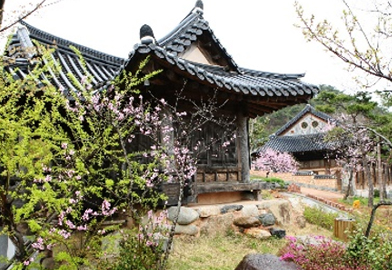
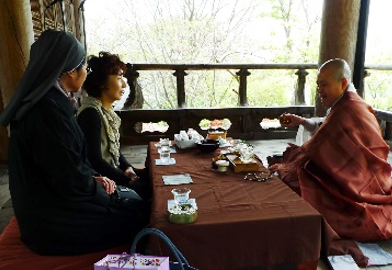
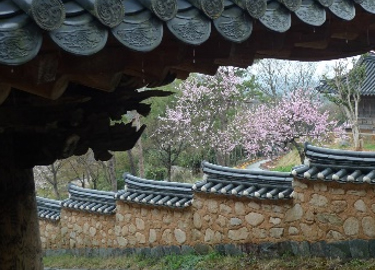
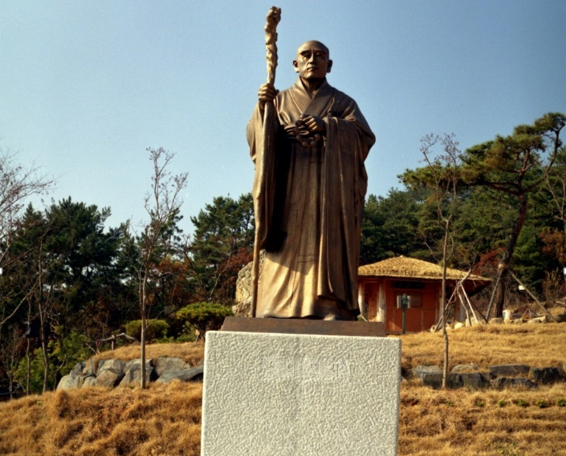
He became a monk at 15 in Unheungsa located in Nampyeong, Naju. It is said that he learned painting from Sochi Heoryeon, the most renowned painter at the time and was very good at drawing altar portraits of Buddha. He was a deeply spiritual man who was able to transcend religious differences, and maintain relationships with the great scholars of the time, including Dasan Jeong Yak Yong and Chusa Kim Jung Hee.
He built Iljiam behind Daeheungsa at 39 and wrote Chouiseon(艸衣禪), Dongdasong(東茶頌) and Dasinjeon(茶神專).
He came back to his hometown at 58(1843) and found his house demolished and his parents' graves unattended. He felt extreme sadness and wrote a poem called Gwigohyang(歸故鄕).
He died at the age of 81 in 1866.
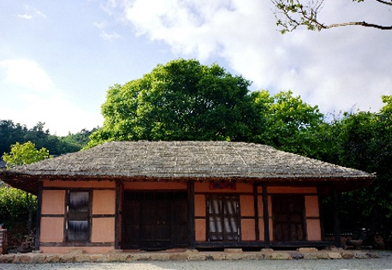
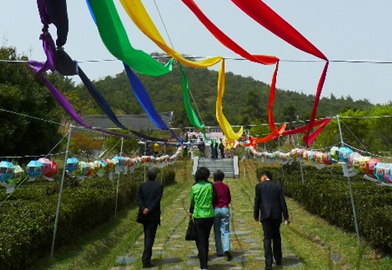
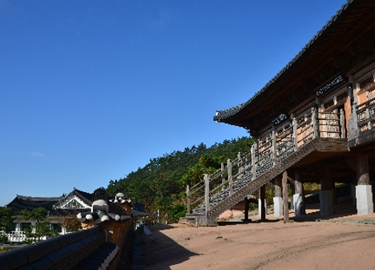
Address

30, Choui-gil, Samhyang-eup, Muan-gun, Jeollanam-do

